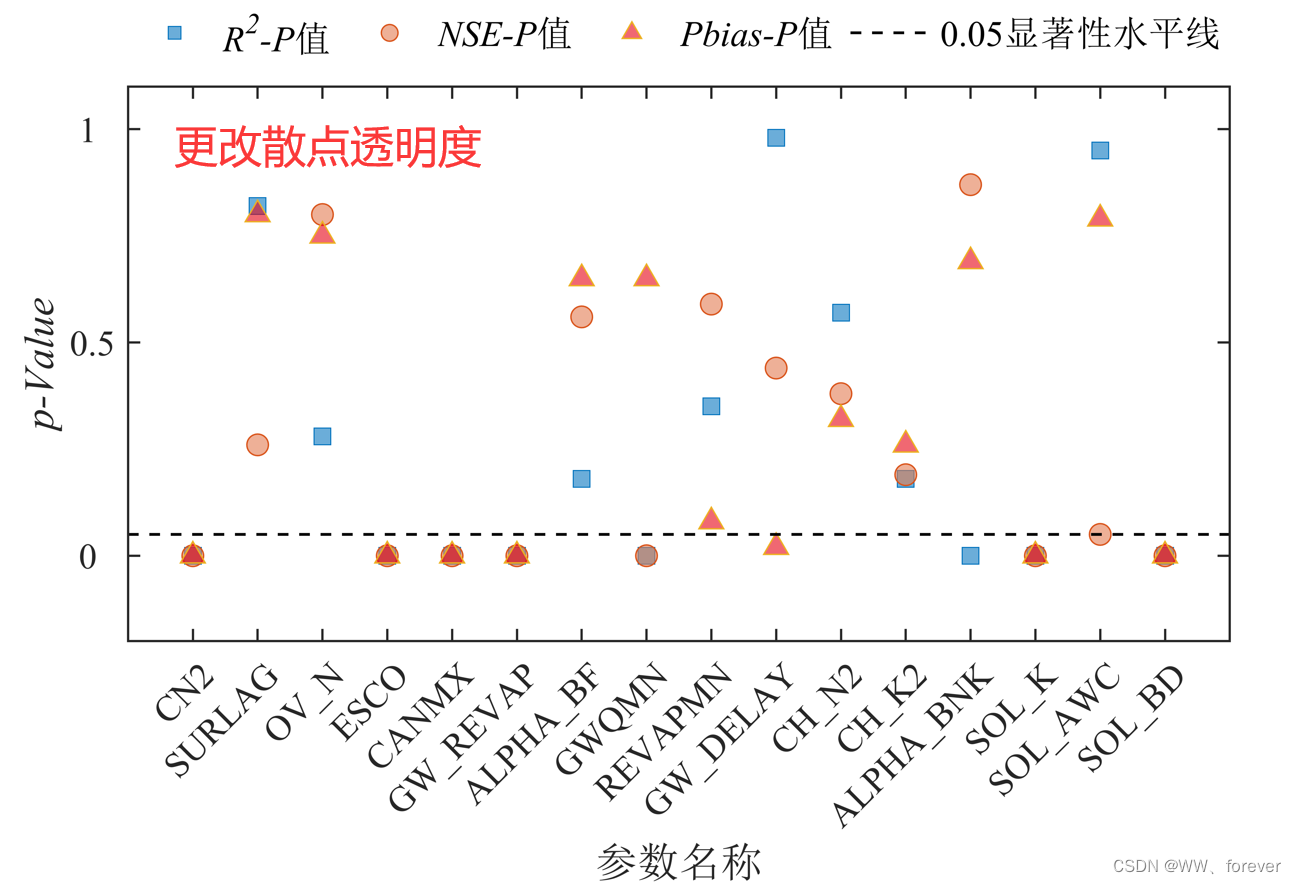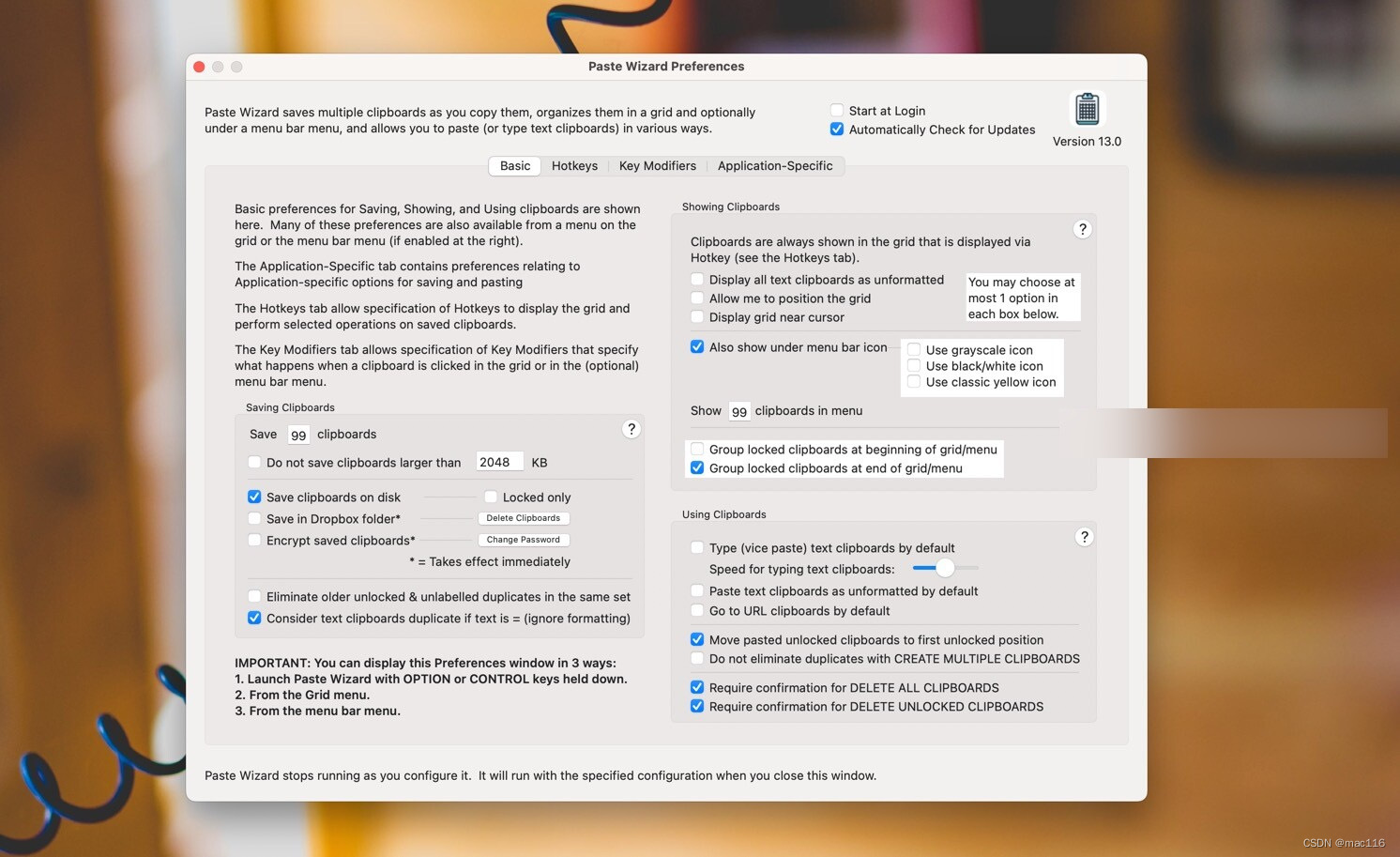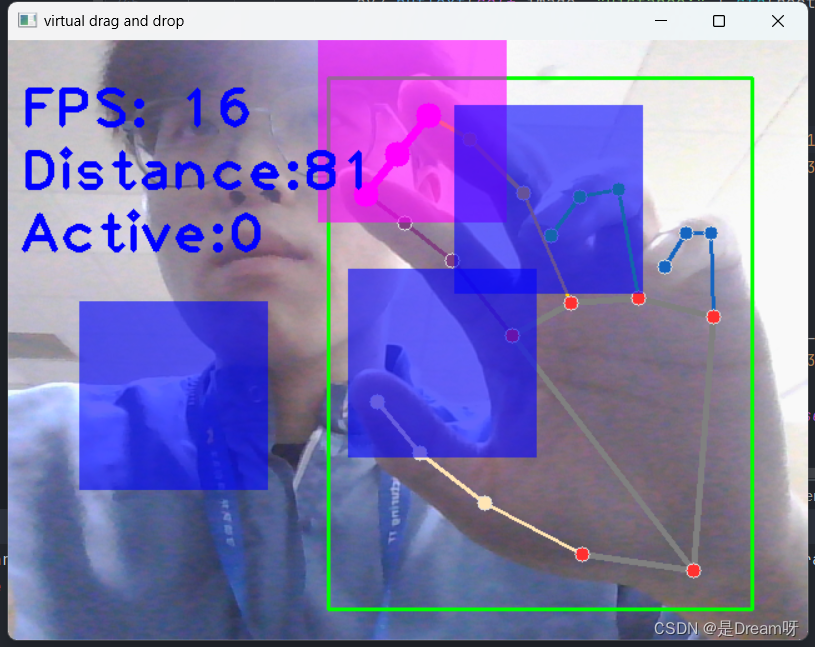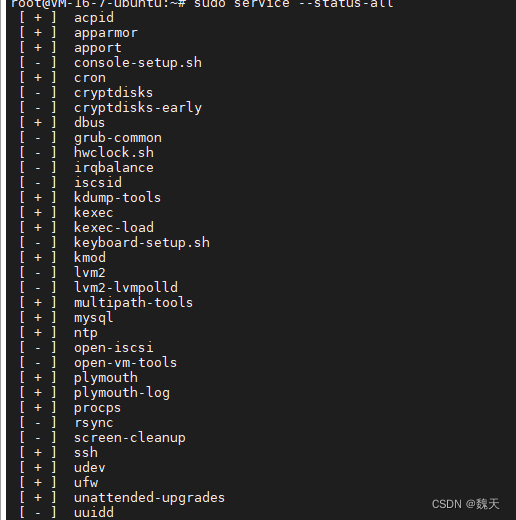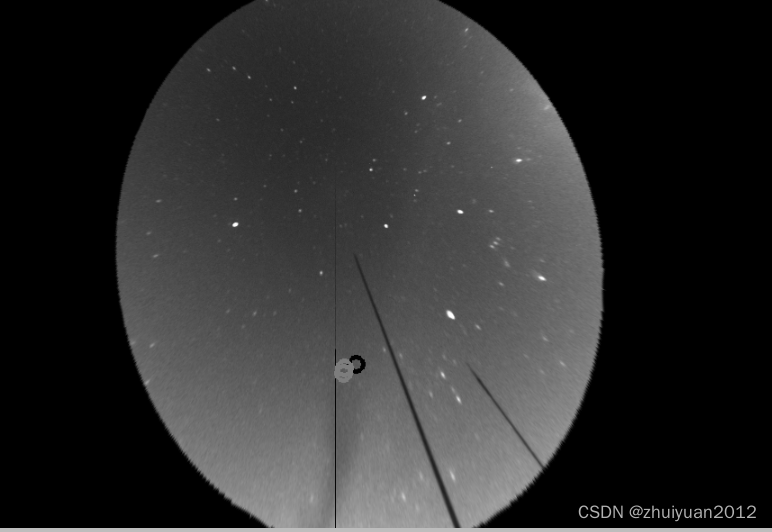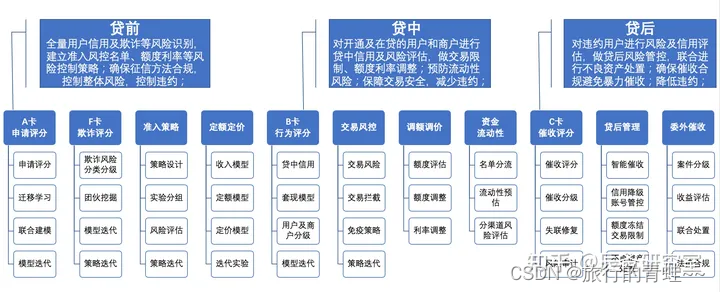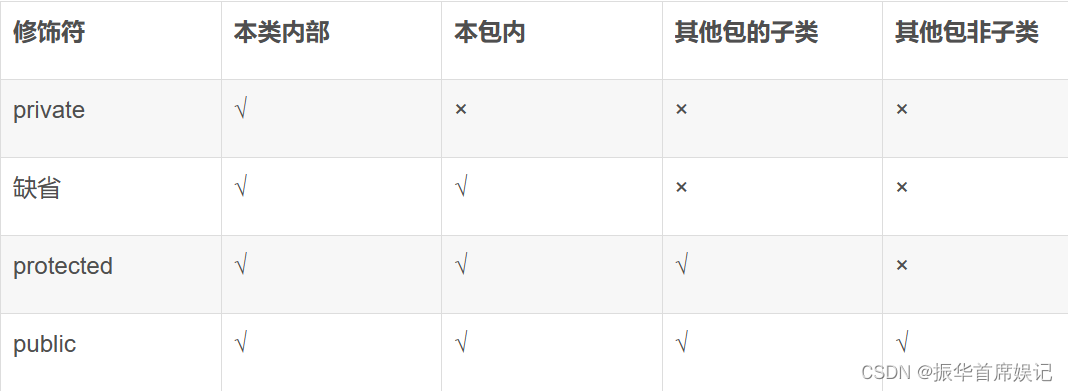(a)Mask RCNN总体流程
一.Mask RCNN 架构
自己整理了一份Mask RCNN架构图如下,其中绿色模块只有推理过程才会涉及。

核心模块包括:数据预处理,骨干网络,区域提议网络,FastRCNN分支,Mask分支,数据后处理等。
二.网络核心流程
class FasterRCNNBase(nn.Module):
def __init__(self, backbone, rpn, roi_heads, transform):
super(FasterRCNNBase, self).__init__()
self.transform = transform
self.backbone = backbone
self.rpn = rpn
self.roi_heads = roi_heads
# used only on torchscript mode
self._has_warned = False
@torch.jit.unused
def eager_outputs(self, losses, detections):
# type: (Dict[str, Tensor], List[Dict[str, Tensor]]) -> Union[Dict[str, Tensor], List[Dict[str, Tensor]]]
if self.training:
return losses
return detections
def forward(self, images, targets=None):
# type: (List[Tensor], Optional[List[Dict[str, Tensor]]]) -> Tuple[Dict[str, Tensor], List[Dict[str, Tensor]]]
if self.training and targets is None:
raise ValueError("In training mode, targets should be passed")
if self.training:
assert targets is not None
for target in targets: # 进一步判断传入的target的boxes参数是否符合规定
boxes = target["boxes"]
if isinstance(boxes, torch.Tensor):
if len(boxes.shape) != 2 or boxes.shape[-1] != 4:
raise ValueError("Expected target boxes to be a tensor"
"of shape [N, 4], got {:}.".format(
boxes.shape))
else:
raise ValueError("Expected target boxes to be of type "
"Tensor, got {:}.".format(type(boxes)))
original_image_sizes = torch.jit.annotate(List[Tuple[int, int]], [])
for img in images:
val = img.shape[-2:]
assert len(val) == 2 # 防止输入的是个一维向量
original_image_sizes.append((val[0], val[1]))
# original_image_sizes = [img.shape[-2:] for img in images]
images, targets = self.transform(images, targets) # 对图像进行预处理
# print(images.tensors.shape)
features = self.backbone(images.tensors) # 将图像输入backbone得到特征图
if isinstance(features, torch.Tensor): # 若只在一层特征层上预测,将feature放入有序字典中,并编号为‘0’
features = OrderedDict([('0', features)]) # 若在多层特征层上预测,传入的就是一个有序字典
# 将特征层以及标注target信息传入rpn中
# proposals: List[Tensor], Tensor_shape: [num_proposals, 4],
# 每个proposals是绝对坐标,且为(x1, y1, x2, y2)格式
proposals, proposal_losses = self.rpn(images, features, targets)
# 将rpn生成的数据以及标注target信息传入fast rcnn后半部分
detections, detector_losses = self.roi_heads(features, proposals, images.image_sizes, targets)
# 对网络的预测结果进行后处理(主要将bboxes还原到原图像尺度上)
detections = self.transform.postprocess(detections, images.image_sizes, original_image_sizes)
losses = {}
losses.update(detector_losses)
losses.update(proposal_losses)
if torch.jit.is_scripting():
if not self._has_warned:
warnings.warn("RCNN always returns a (Losses, Detections) tuple in scripting")
self._has_warned = True
return losses, detections
else:
return self.eager_outputs(losses, detections)
# if self.training:
# return losses
#
# return detections
FasterRCNNBase是RCNN检测算法的基类,FasterRCNN类要继承FasterRCNNBase类,而MaskRCNN类又要继承FasterRCNN类,所以当实例化一个model并传入数据x时,会调用FasterRCNNBase的forward函数:
model = MaskRCNN(backbone,num_classes)
model(images,targets)
FasterRCNNBase的 init() 函数:
def __init__(self, backbone, rpn, roi_heads, transform):
super(FasterRCNNBase, self).__init__()
self.transform = transform
self.backbone = backbone
self.rpn = rpn
self.roi_heads = roi_heads
# used only on torchscript mode
self._has_warned = False
传入参数包括:
(1)backbone:
resnet50
resnet101
resnet50+fpn
resnet101+fpn
(2)rpn:
区域提议网络
(3)roi_haeds:
box roi pooling/align
two MLP head
box predictor
mask roi pool
mask head
mask predictor
(4)transforms:
GeneraRCNNtransforms类的实例,用于数据预处理
FasterRCNNBase的 forward() 函数:
def forward(self, images, targets=None):
# type: (List[Tensor], Optional[List[Dict[str, Tensor]]]) -> Tuple[Dict[str, Tensor], List[Dict[str, Tensor]]]
if self.training and targets is None:
raise ValueError("In training mode, targets should be passed")
if self.training:
assert targets is not None
for target in targets: # 进一步判断传入的target的boxes参数是否符合规定
boxes = target["boxes"]
if isinstance(boxes, torch.Tensor):
if len(boxes.shape) != 2 or boxes.shape[-1] != 4:
raise ValueError("Expected target boxes to be a tensor"
"of shape [N, 4], got {:}.".format(
boxes.shape))
else:
raise ValueError("Expected target boxes to be of type "
"Tensor, got {:}.".format(type(boxes)))
original_image_sizes = torch.jit.annotate(List[Tuple[int, int]], [])
for img in images:
val = img.shape[-2:]
assert len(val) == 2 # 防止输入的是个一维向量
original_image_sizes.append((val[0], val[1]))
# original_image_sizes = [img.shape[-2:] for img in images]
images, targets = self.transform(images, targets) # 对图像进行预处理
# print(images.tensors.shape)
features = self.backbone(images.tensors) # 将图像输入backbone得到特征图
if isinstance(features, torch.Tensor): # 若只在一层特征层上预测,将feature放入有序字典中,并编号为‘0’
features = OrderedDict([('0', features)]) # 若在多层特征层上预测,传入的就是一个有序字典
# 将特征层以及标注target信息传入rpn中
# proposals: List[Tensor], Tensor_shape: [num_proposals, 4],
# 每个proposals是绝对坐标,且为(x1, y1, x2, y2)格式
proposals, proposal_losses = self.rpn(images, features, targets)
# 将rpn生成的数据以及标注target信息传入fast rcnn后半部分
detections, detector_losses = self.roi_heads(features, proposals, images.image_sizes, targets)
# 对网络的预测结果进行后处理(主要将bboxes还原到原图像尺度上)
detections = self.transform.postprocess(detections, images.image_sizes, original_image_sizes)
losses = {}
losses.update(detector_losses)
losses.update(proposal_losses)
if torch.jit.is_scripting():
if not self._has_warned:
warnings.warn("RCNN always returns a (Losses, Detections) tuple in scripting")
self._has_warned = True
return losses, detections
else:
return self.eager_outputs(losses, detections)
首先增加一些容错机制,保住输入数据格式符合模型要求,然后将images和targets输入transforms中进行数据格式的预处理;然后将images输入到backbone中,得到特征图features;将features,images,targets输入rpn网络中,得到proposals和proposals_loss;然后将proposals,images,features等输入到roi_heads得到detections和detector_loss;如果在训练模式下,则返回loss(proposals_loss和detection_loss),在推理模式下,则返回detections。
